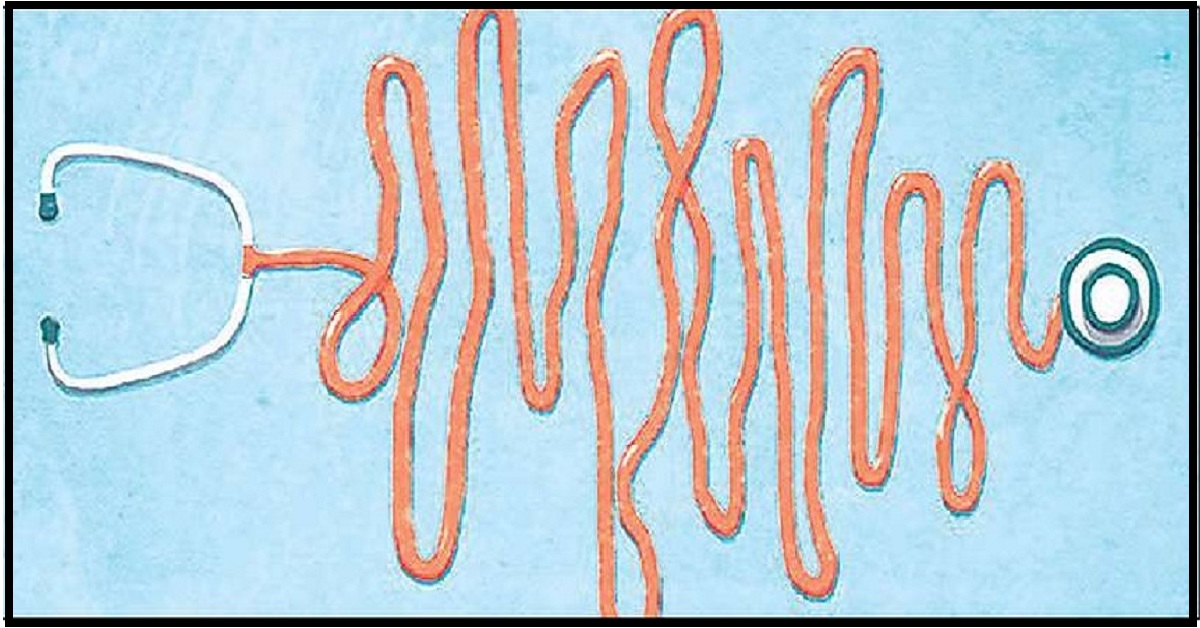
Across the WHO South-East Asia Region, stronger health workforces are advancing the quest to achieve universal health coverage
Health workers are the cornerstone of effective and equitable health services. By increasing the number and skills of health workers at the same time as working to enhance their equitable distribution, countries across the WHO South-East Asia Region are improving the quality and reach of health services and advancing the quest to achieve universal health coverage.
Deliberate action to this end is responsible. In 2014 each of the region's member states committed to the 'Decade for Strengthening Human Resources for Health'. Health work-force strengthening—alongside better access to medicine—was identified as a core component of the region's flag-ship priority of achieving universal health coverage (UHC). These initiatives have been reinforced by WHO's `Global Strategy on Human Resources for Health: Workforce 2030', which was
launched in 2016 as a means of pursuing Sustainable Development Goal (SDG) 3 to ensure healthy lives and promote well-being for all at all ages.
As outlined in WHO South-East Asia's recently released second review of progress, since the 'Decade for Strengthening Human Resources for Health' was launched, the overall availability of doctors, nurses and midwives have significantly improved region-wide.
Eight member states, for example, have now reached the original WHO human resources for health (HRH) threshold of 22.8 per 10,000 population that applied during the Millennium Development Goal era. Five of the region's member states have at least doubled the availability of pharmacists, while a large majority have increased the availability of dentists. Almost all countries have now developed and are in the process of implementing country-specific HRH strategies. Region-wide, the collection of data has markedly improved.
Further gains can be made. As will be discussed in-depth at WHO South-East Asia's seventy-first session of the regional committee- the region's highest decision-making body—in New Delhi, India, each member state has the opportunity to implement a range of WHO recommended interventions to enhance the number, skills and equitable distribution of health workers, and in doing so increase health service coverage and accelerate progress towards UHC.
Despite substantial increases, many of the region's member states still need more health workers. SDG 3 will only be reached if more health workers are available to deliver the services required to meet the region's changing health needs So far just two countries have reached the revised SDG threshold. At the same time as they
are increasing the number of health workers available, health authorities must ensure that health workers' training equips them with the skills needed to remain versatile throughout their career.
Fine tuning policies to retain staff in rural and hard-to-reach areas is similarly essential. As WHO South-East Asia's report outlines, there is no single way to achieve this Rather, a bundle of retention strategies is needed that can influence different types of health workers, be they older or younger health workers; doctors or nurses. That could mean implement-ing targeted admissions policies and compulsory service, for example, or providing
financial or career-based incentives. Whatever the case, good HRH governance that takes into account the perspectives of health workers is vital to identifying and implementing the policies that will be the most impactful.
Addressing the quality of training in both public and private education institutions should likewise be prioritized region-wide Apart from revising curricula and the range of skills being taught, the accreditation of both public and private health training institutions and programs can help increase the quality of health workers across the region. As part of this, a greater effort can be made to encourage the private medical service sector to work within national strategies to strengthen the health workforce.
Finally, member states should build on their considerable efforts to monitor the numbers, skills, performance and equitable distribution of health workers. Though member states are to be commended for developing a series of key indicators against which progress is being measured, gaps in data persist, especially in countries with large private medical education and service sectors that are not included in
present data collection.
Similarly, apart from nurses and midwives, data on frontline health workers remains sparse. Ensuring that data on health workers at the primary level and below is collected is particularly important and will ensure each member state has a full understanding of the human resources all people everywhere can access.
That is a vital point. As member states are demonstrating region-wide, to strengthen health workforce is a powerful way to increase health service coverage and accelerate progress towards SDG 3 and its imperative underpinning: universal health coverage.
As WHO South-East Asia's second progress review—alongside deliberations at the seventy-first session of the regional committee demonstrates, commitment to fully leveraging HRH has never been stronger. That can be well understood: health workers are indeed our greatest asset in the drive towards universal health coverage. Their game-changing potential must be fully harnessed.
Author: POONAM KHETRAPAL SINGH
(Singh is the Regional Director; WHO South-East Asia Region.)
(This article also published on The Kathmandu Post)


